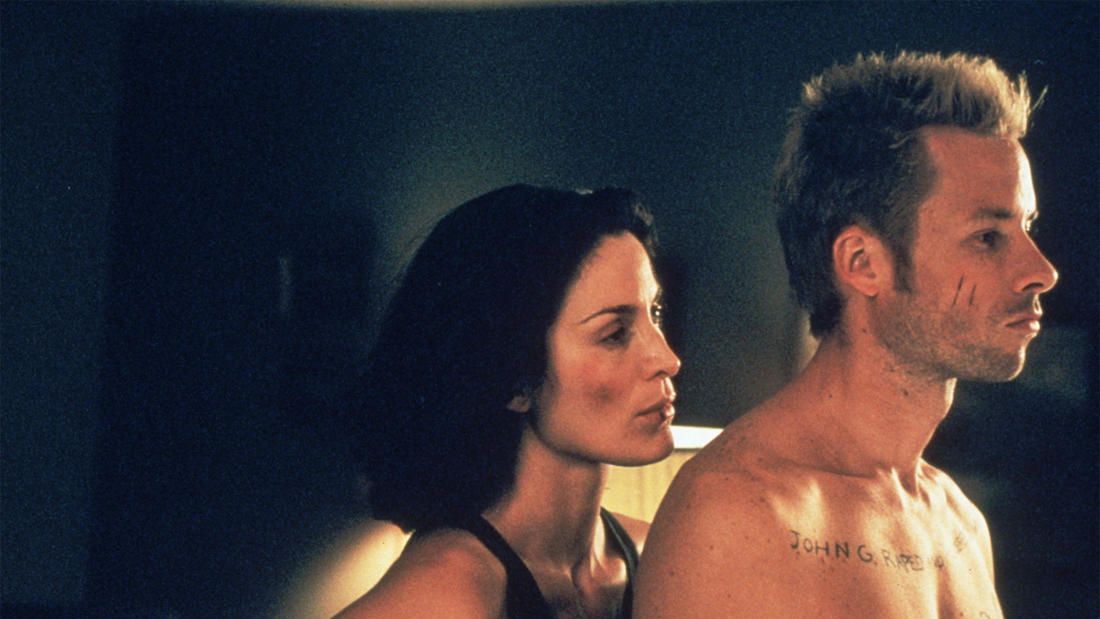
The Nickelodeon Columbia, SC
Dr. Chris Rorden
SmartState Chair; Professor in Neuroimaging Research, Department of Psychology, University of Southern California
Memento— How the Brain Relies on Both Habit and Memory to Function
Program Description
A discussion of how the brain relies on both habit and memory to function.
Presented At
The Nickelodeon Columbia, SC
Film Synopsis
A man creates a strange system to help him remember things, so he can hunt for the murderer of his wife without his short-term memory loss being an obstacle.
Told in two different sequences of scenes—a series in black and white that is shown chronologically, and a series of color sequences shown in reverse order—Memento follows former insurance investigator Leonard Shelby (Guy Pearce) as he doggedly searches for his wife's murderer despite his own severe memory loss. Leonard suffers from anterograde amnesia, a condition that makes it impossible for him to form new memories. Incapable of remembering anything for more than a few minutes, he relies on an elaborate system of notes, Polaroid snapshots, and crucial facts tattooed on his body to remind himself where he is, what he's found out, and what he should do next. Aiding him in his search for his wife's killer—or perhaps using his unreliable memory for their own ends—are a cheerful fellow named Teddy (Joe Pantoliano) and Natalie (Carrie-Anne Moss), a beautiful bartender. As the story of Leonard's investigation unfolds backwards, each scene revealing new bits of information, an alternating narrative, involving an insurance claimant (Stephen Tobolowsky) from Leonard's past, moves forward, adding new layers of complexity and intrigue to one of the great mindbenders in cinema.
About the Speaker
Dr. Chris Rorden is the SmartState Chair and professor in neuroimaging research in USC’s Department of Psychology. Dr. Rorden’s research focuses on the behavioral difficulties people may experience as a result of a traumatic brain injury.